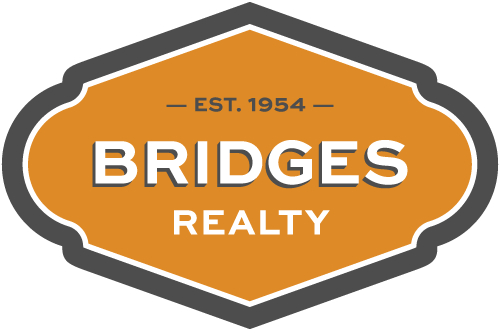Homeowners receive a generous exclusion on the gain of their principal residence up to $250,000 for single taxpayers and $500,000 for married taxpayers filing jointly. Most people probably consider the gain or profit in a home to be the difference between the purchase price and the sales price.
However, the IRS allows a taxpayer to lower the sales price by the selling expenses before calculating the gain. Ordinary costs like real estate commission, title policy, attorney fees, and other sales expenses may be included if they are normal and customary.
Another significant adjustment is that capital improvements made during the holding period can be added to the cost basis. However, regular maintenance & repairs are not considered improvements. The IRS says that if the expenditure materially adds value (features) to the property, or appreciably prolongs the useful life of the property, or adapts a portion of the property to new use, it can be considered a capital improvement.
Another significant adjustment is that capital improvements made during the holding period can be added to the cost basis. However, regular maintenance & repairs are not considered improvements. The IRS says that if the expenditure materially adds value (features) to the property, or appreciably prolongs the useful life of the property, or adapts a portion of the property to new use, it can be considered a capital improvement.
Examples include replacing a heating or air conditioning system, storm windows, new permanent landscaping like trees or shrubs, or completing an unfinished basement. They don't necessarily have to be high-ticket items. They can include things like adding deadbolts, ceiling fans, a video doorbell, and other items. For more information, see IRS Publication 523.
The total amount of money spent on capital improvements increases the cost basis of the home, which in turn will reduce the amount of gain when sold. The total improvements could be significant, with the average person staying in a home for 10 to 12 years.
For example, let's say a single taxpayer sold their home for $350,000 more than they paid for it. If their selling expenses were $25,000 and they had made $75,000 of capital improvements during the holding period, the gain would be $250,000 and within the limits for a single taxpayer to exclude all of it instead of having a $100,000 gain.
It is necessary to be able to prove the amount spent, and for that reason, a routine should be established to keep the receipts and canceled checks for all principal residents. Even if the owner is not sure whether they qualify as an improvement, by having the receipt at the time of sale, a tax professional can help a homeowner with the determination.
In addition to receipts and canceled checks, a contemporaneous register listing the date, description, and amount spent will provide accurate information for calculations and serve as evidence should it be needed in the future.

